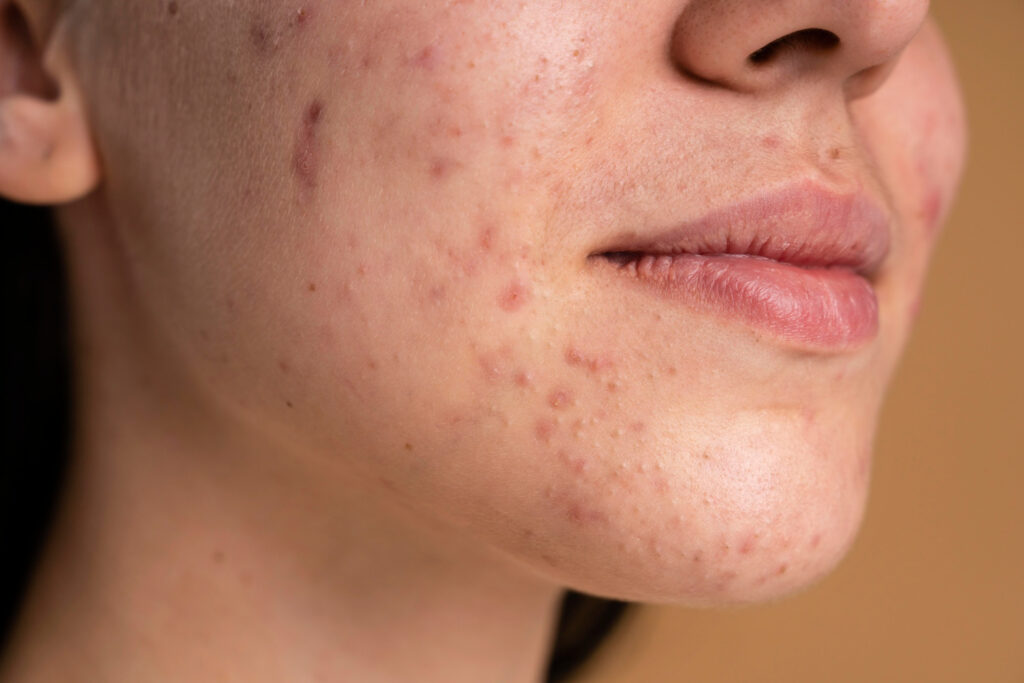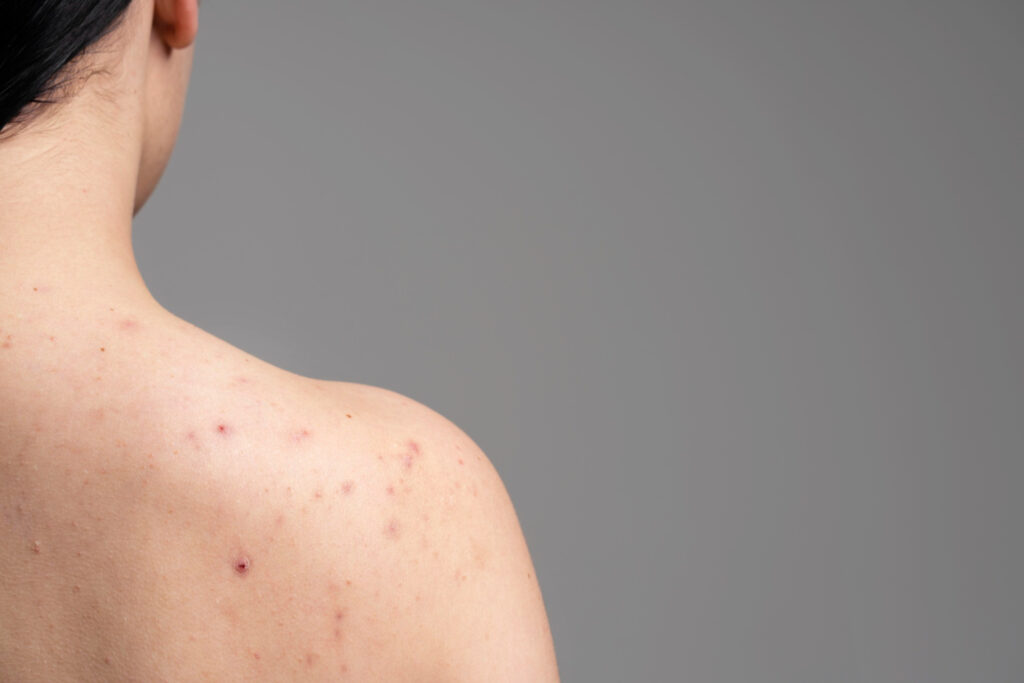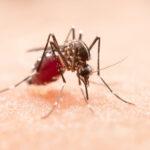
Fast Facts
Most adults have between 10 and 40 moles on their bodies
Moles form due to an overgrowth of melanocytes, the cells that give skin its color
Some moles can develop into melanoma, a serious type of skin cancer
Regular skin checks can help detect suspicious moles early.
Moles are discolored growths on the skin, formed due to an overgrowth of skin pigmentation cells known as melanocytes. They are common, with most adults having between 10 and 40 moles on their bodies. While generally harmless, some moles can develop into melanoma, a serious type of skin cancer.
Types of Moles
Moles, or nevi, come in various types:
Common (or Acquired) Mole
This harmless mole is usually smaller than a pencil eraser, round or oval-shaped with a smooth surface, and can be pink, tan, or brown depending on skin tone. They can develop throughout a person’s lifetime.
Congenital Mole
Present at birth, congenital moles affect about 1 in 100 people. They vary in size and if large, may be removed due to an increased risk of melanoma.
Atypical Mole
Larger than a pencil eraser with an abnormal shape and multiple colors, atypical moles resemble melanoma but are not cancerous. Having four or more atypical moles may increase melanoma risk.
Spitz Nevus
These moles look like melanoma, with a raised, dome-shaped, and sometimes pink or multi-colored appearance. Typically appearing before age 20, older adults can develop them too.
What Is Melanoma?
Melanoma is a severe form of skin cancer that can originate in an existing or new mole.
Mole Symptoms
Moles usually don’t cause physical symptoms other than their appearance. However, they can become itchy or inflamed. Common moles share features like being mostly one color, slightly raised or flat, round or circular-shaped, and generally unchanging. Moles can appear anywhere on the skin, differ in shape, size, and color, have hair, and change slowly over time.
What Causes Moles?
Moles form due to an overgrowth of melanocytes. This process often starts in childhood or adolescence and may be influenced by hormonal changes during puberty or pregnancy.
Risk Factors
Factors increasing the likelihood of developing moles include:
- Fair skin that burns easily
- Light hair
- Family history of moles
- Repeated sun exposure
How Are Moles Diagnosed?
Most moles are harmless and don’t need an official diagnosis. However, it’s important to monitor them and consult a healthcare provider if a mole looks suspicious. A visual examination and possibly a biopsy can determine if a mole is benign or melanoma. Signs of melanoma include changes in size, shape, color, or texture.
Treatments for Moles

Most moles don’t need treatment, but removal may be recommended if a mole is:
- Suspected to be melanoma
- Easily irritated
- Raised and prone to being nicked by shaving
- Snagging on clothing or jewelry
- Unappealing in appearance
Mole removal methods include surgical removal, which involves cutting out the mole and stitching the incision, and surgical shaving, which removes the mole from the top skin layer. Suspicious moles are sent for laboratory analysis to check for cancer.
Self-removal of moles is discouraged due to the risk of injury, infection, scarring, and delayed diagnosis of skin diseases like melanoma.
How to Prevent Moles
While it’s impossible to prevent moles entirely, some steps can help maintain skin health:
- Perform regular skin self-exams
- Protect skin from the sun
- See a healthcare provider if a mole changes in appearance, itches, or bleeds
- Schedule routine preventive skin exams, especially if you have 50 or more moles
Complications
The primary complication of moles is the risk of developing melanoma. Numerous moles increase the likelihood of melanoma, which, if untreated, can spread to nearby tissues, lungs, bones, liver, and brain.
Additional Information
Keeping an eye on your skin and consulting healthcare professionals for any concerns is crucial. Regular check-ups and being mindful of changes can aid in early detection and treatment of potential skin cancers.
By following these guidelines and staying informed, you can better manage and understand the implications of moles on your skin health











